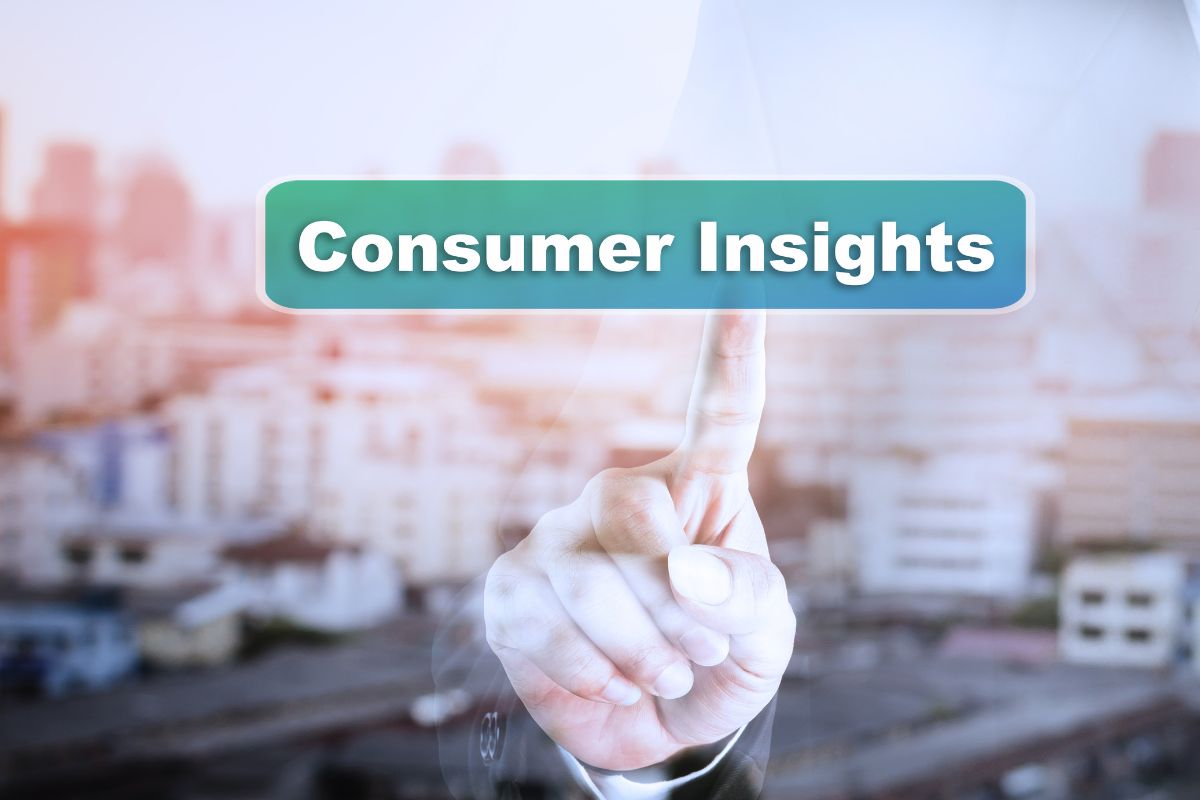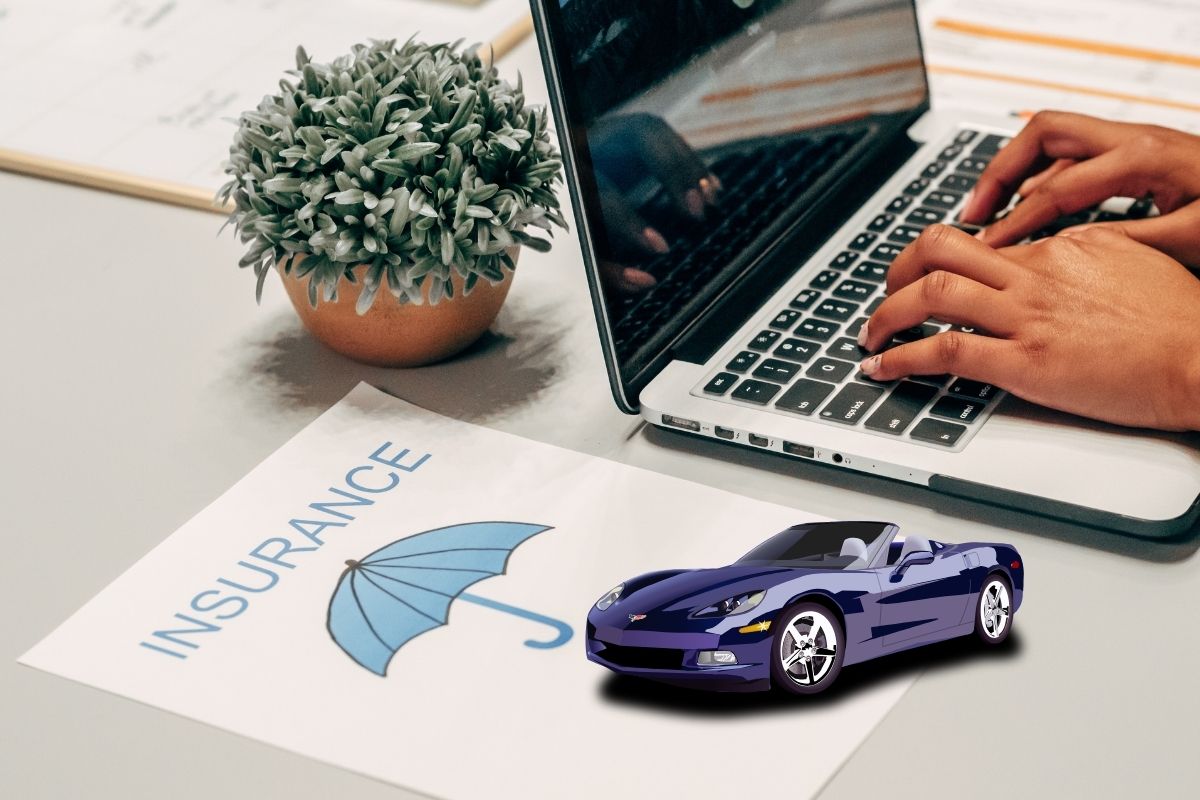The number of households in the US with cars but that don’t have auto insurance increased during the first half of this year, and the percentage of drivers who say they’re shopping for coverage has hit record levels.
JD Power released data based on their findings in a recent report based on American households.
JD Power recently published an auto insurance intelligence report in which they revealed the trends they identified in this market. The consumer insights firm showed that 5.7 percent of households with at least one car were also uninsured during the first half of 2023. This was an increase over the second half of 2022, when that figure was 5.3 percent.

At the same time, the percentage of vehicle owners who say they’re shopping for an auto insurance policy reached 12.5 percent during the second quarter of this year, which is the highest level it has ever reached.
“As inflation has affected all sectors of the economy, the costs of repairing and replacing damaged vehicles, medical costs and all other costs associated with an auto insurance claim have increased substantially,” said the report published by JD Power. “Consequently, auto insurance premiums have increased at an unprecedented rate during the past two years (7.9% in 2022, and another 5.9% in the first six months of 2023).”
The report showed that certain states are shopping for auto insurance more than others and are more uninsured.
JD Power’s report showed that the highest increases in uninsured motorists in the second half of 2022 and first half of this year were South Dakota (106 percent), New Hampshire (84 percent), West Virginia (50 percent), Oregon (47 percent), and Indiana (36 percent).
The JD Power data closely reflects those published in a recent TransUnion report in which they stated that auto insurance shopping rates climbed by 12 percent year-over-year in this year’s second quarter.
While there was a rise in vehicle sales, according to a news release from TransUnion, the main reason people were shopping around for a new policy was to save money on their premiums.


